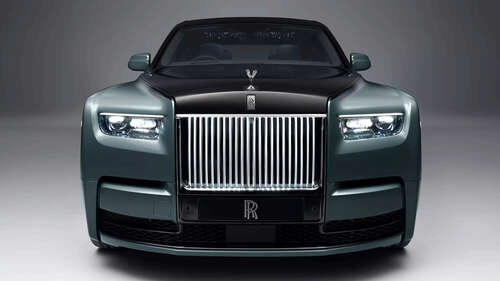
While there were technically three players in the bidding for the Rolls-Royce company, only two were taken very seriously: the German automakers Volkswagen and BMW. The third was a group called Crewe Motors, a British group of Rolls-Royce enthusiasts whose bid for the company was called a “coffee-break bid” by Vickers chairman Sir Colin Chandler in The New York Times. Even though BMW had already been supplying the company with engines, the shareholders of Vickers ultimately chose to sell the company to Volkswagen for £430 million ($706 million) in June 1998.
However, that sale did not include the trademark for Rolls-Royce. That was owned by a separate company called Rolls-Royce PLC, a former division that had broken off before the automobile division merged with Vickers. Volkswagen may own Rolls-Royce, but it couldn’t use that trademark. Vickers was back at the negotiating table and managed to wrangle together a complex deal that brought BMW back into the fold.
According to NYT, Volkswagen and BMW would both have control of the production and distribution of Rolls-Royces and Bentleys until 2003, in which the two rival companies would have to work in cooperation. After that, Volkswagen would take control of Bentley, while BMW gets to take Rolls-Royce after having secured the trademark from the air engine company for £40 million. BMW would lease the Rolls-Royce name to VW until that 2003 split. That deal occurred at the end of July 1998, not even two months after the initial agreement to sell to VW.
After seven decades of being joined at the hip, Rolls-Royce and Bentley were no longer under the same umbrella, and though they signal the height of British auto luxury, both are controlled by German companies now.

